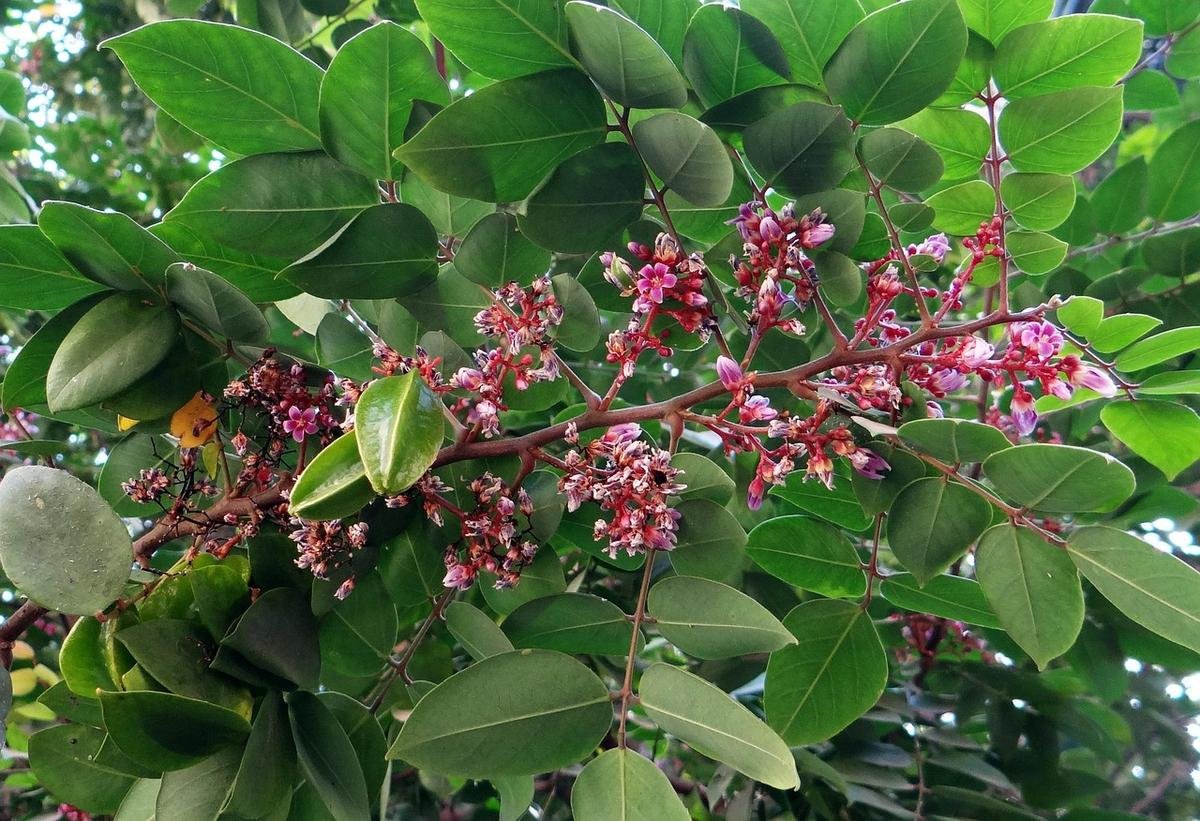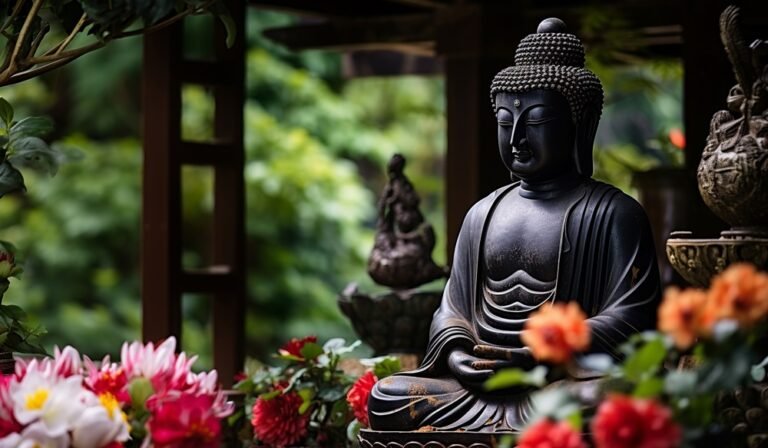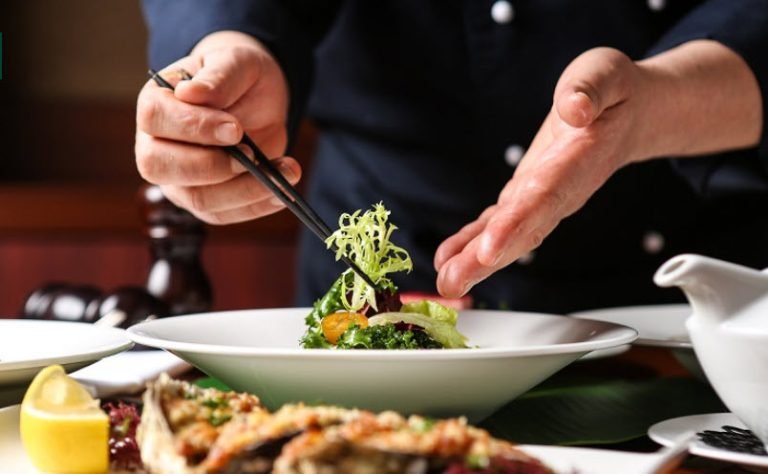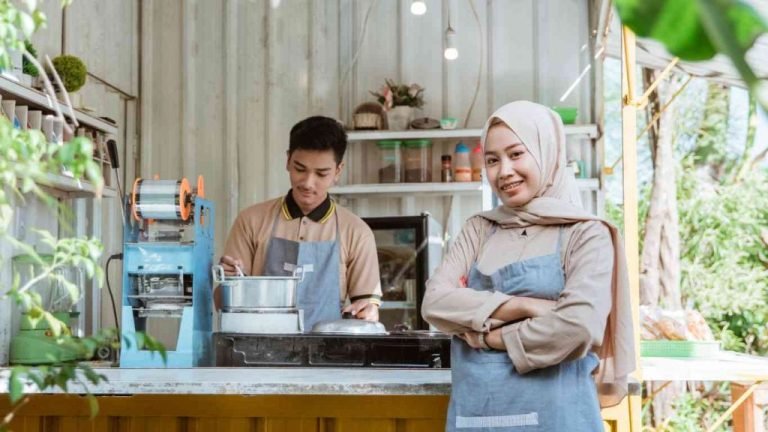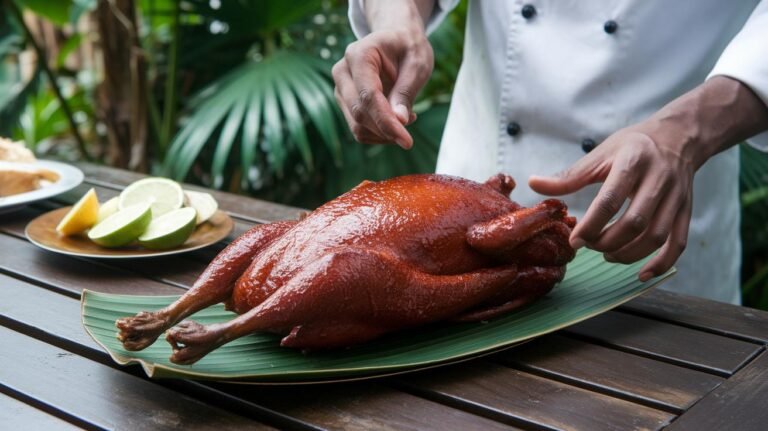Study Finds Starfruit Leaves Boost Immunity and Relieve Cough, Asthma
Starfruit has an oval outline measuring between four and ten centimeters and bears skin that changes from green to yellow. Its tart flesh finds frequent use in regional cuisine to add a sharp twist to stews and sauces. Beyond the fruit itself, Balinese practitioners harvest its leaves to prepare herbal infusions and traditional health beverages. Locally, leaf teas have been served to ease aches, calm coughs, soothe mouth sores, and relieve rheumatic discomfort.
Researchers have turned their attention to compounds found in starfruit foliage, citing anthocyanins, flavonoids, and polyphenols. Laboratory tests indicate these antioxidant agents may limit the multiplication of abnormal cells in breast, colon, and prostate tissue. Studies suggest these phytochemicals can bolster innate defenses and halt early stages of abnormal cell formation. Still, scientists stress that existing findings remain preliminary and call for expanded clinical trials. Medical advice is recommended before adopting leaf-based treatments.
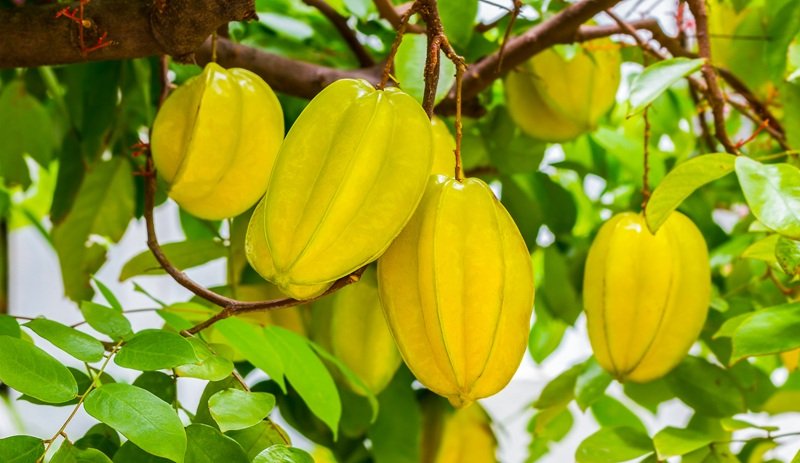
In Balinese and broader Indonesian culture, the starfruit—known locally as belimbing—is more than just a tropical treat. With its radiant, five-pointed shape and vibrant color, starfruit symbolizes harmony, uniqueness, and natural beauty. While not as central to Balinese rituals as coconuts or bananas, it often appears in offerings for its aesthetic appeal and symbolic resonance. Two main types exist: belimbing manis (sweet) and belimbing wuluh (sour), each with its own cultural and culinary role. The sweet variety is enjoyed fresh or in juices, especially in wellness-conscious cafes around Ubud, while the sour version is a staple in traditional dishes, herbal remedies, and even pickled condiments.
Beyond the kitchen, belimbing wuluh is deeply rooted in traditional medicine and village folklore. Used in jamu and Usadha Bali to treat coughs, skin issues, and high blood pressure, it’s valued for its cooling, astringent properties. Some Balinese believe planting a starfruit tree invites prosperity or wards off bad spirits—its constant fruiting seen as a symbol of abundance. Occasionally found in temple gardens or even batik patterns, starfruit embodies a subtle yet powerful link between nature, health, and spirituality in daily Balinese life.
Starfruit leaf tinctures are said to stimulate immune defenses, increasing white blood cell counts and reducing oxidative stress. Vitamin C levels in foliage mirror those in the fruit, providing additional antioxidant protection. Community healers have relied on these extracts for generations, and health professionals recommend controlled studies to assess safety and effectiveness before wider use. Daily dosing requires professional guidance.
Investigators point to flavonoid and polyphenol content as factors in blood sugar regulation. Experiments suggest leaf extracts boost the body’s sensitivity to insulin and inhibit enzymes that break complex carbohydrates into simple sugars. Cultural use of decoctions continues in areas with high diabetes prevalence, though more rigorous human research is needed. Expert consultation is advised.
Traditional healers commonly boil starfruit leaves into a tea used for hypertension. Polyphenolic compounds appear to relax blood vessels, lowering constriction and improving flexibility. Small trials record modest drops in systolic and diastolic measures after regular intake. Such data await larger studies to establish dosage guidelines and assess interactions with standard cardiac medications.
Wuluh starfruit, a local cultivar prized for aromatic leaves, holds a place in folk remedies for digestion. Compounds within can stimulate secretion of digestive juices and promote regular bowel movements. Anecdotal reports link these infusions to relief from stomach cramps, diarrhea, and bloating. Researchers now plan to isolate active molecules and test under controlled lab conditions.
Laboratory analysis highlights a skin care benefit. High concentrations of vitamin C in starfruit leaves support repair of cell damage and aid collagen synthesis, the protein behind skin elasticity and strength. Topical use of leaf extracts has shown promise in reducing minor wounds and evening out skin tone. Dermatologists express interest in further trials for safety and efficacy.

